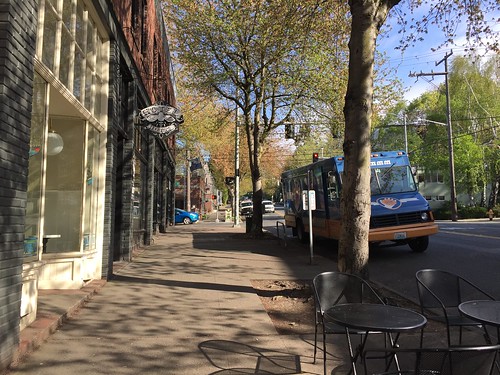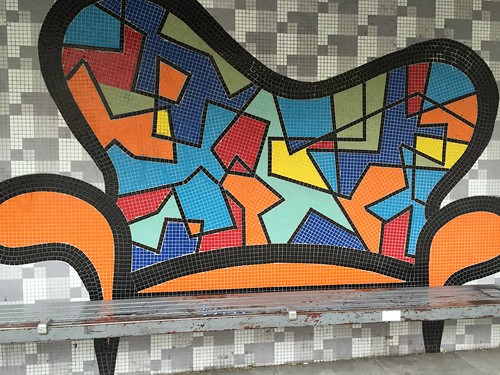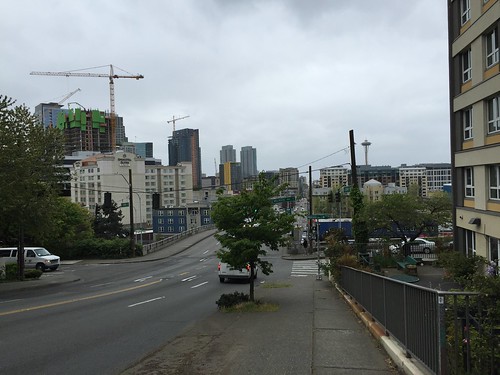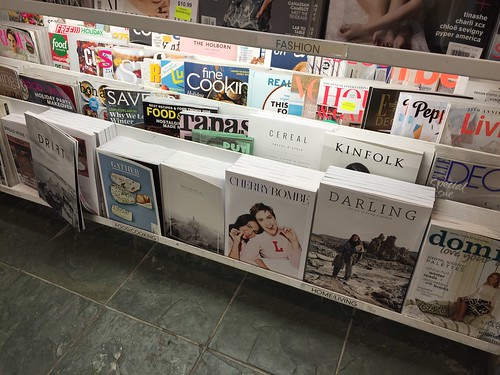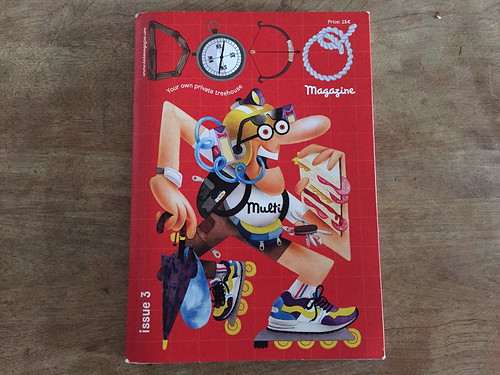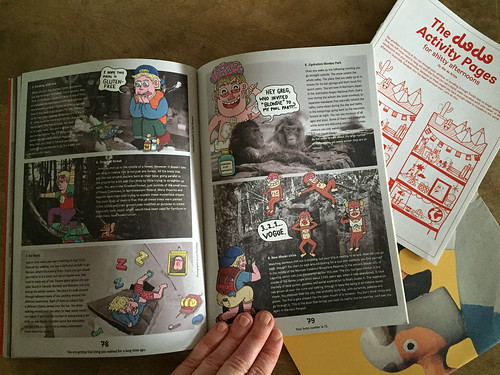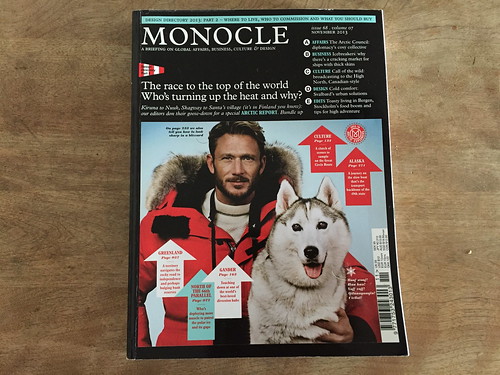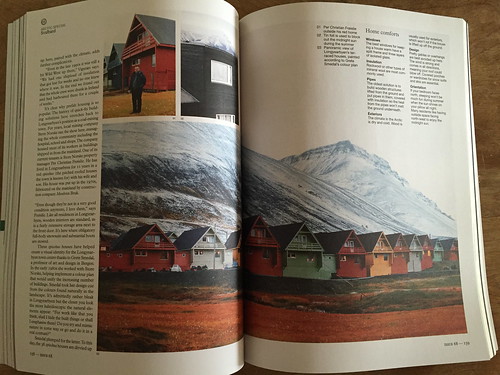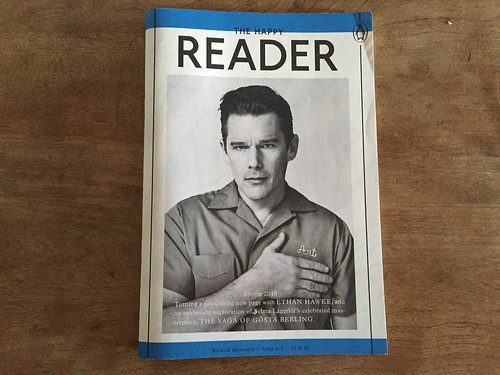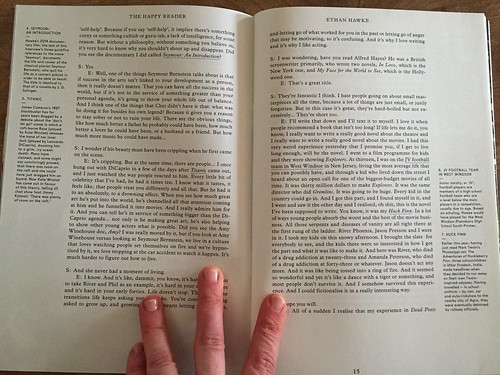Every food aficionado has a list. It’s their ‘must try’ list. Like the bibliophile’s never ending chart of books to read or the traveller’s map stuck with pins, food-lovers track the restaurants they want to try and the dishes and ingredients they have yet to taste. These range from the mundane to the sublime; from tuna melts at Landmark Diner to caviar from Petrossian. And after crossing an experience off the list, it must be recorded. Or that’s how I felt after I dined at Aquavit — New York's premier Scandinavian restaurant since 1987 — in early May, my first two-star Michelin restaurant and proper fine dining experience.
Since I hadn’t recently published a book and am still a dissertation away from finishing my master’s degree, I dined at Aquavit as my birthday from my boyfriend. Although I love fish and Scandinavia more than he does, he happily donned a tie to educate himself in the intricacies of the Michelin star system (the previous month we savored a special steak at one-star Piora, which might have contributed to his enthusiasm). So we arrived — I giddy and he buttoned-up — at 8:30 on a Tuesday evening, which Open Table suggested was the only reasonable available time. We benefitted from our waiter’s undivided attention.
But forget your the over-eager waiter at your local Thai place who refills your water after every half-sip. The drinks we ordered at the bar followed us to our table. The waiter always placed my dish in front of me and my boyfriend’s in front of him without asking who ordered what. When the candle at our table flickered out, the waiter re-lit it while calmly acknowledging the seeming flaw. The attention remained after we ordered the prix fixe sans cheese course, sans wine pairing: the cheapest option.
This practiced refinement carried through to the dishes and pacing of the meal, which, despite a few jitters, proceeded with a calm but swift pace. We started our journey through Scandinavian cuisine with two amuse bouche that proceeded our appetizers. The first, served in a box landscaped like a miniature garden, involved a light and crunchy fried potato cake, dusted with sour cream, caviar and dill along with a thimble-sized cracker topped with chewy smoked venison mixed with milky cheese. As soon as we sussed out the flavors and textures— grown-up sour cream and onion chip, sophisticated Scandi-nacho — another waiter circled the room offering bread: your choice of Danish rye, olive or sourdough. Seconds later a slate of house-churned butter appeared, which transformed the molasses-like rye into a chocolate-like treat fit for dessert. Swiftly, we’d already discovered the sea, earth and land of Scandinavia.
As the courses circled before me, I reveled in the practiced calm atmosphere: the quiet room where everyone mediated their voices; the Alvar Aalto-designed vase on the table; the heavy cutlery, which turned out to be ideal for slicing through the layers of chewy smoked salmon, sweet cream cheese, light bread and crisp prawns I enjoyed for my smörgåstårta appetizer. But I craved a breath before an intermezzo of crisp fried fish balls topped with sweet pickles arrived. And I wanted another respite before sipping a brine-y palate cleanser of lemon-mint-elderflower iced tea. Nevertheless, I became a kid eating lunch, enjoying a snack and swallowing lake water at my imaginary Scandinavia summer cottage.
But I doubt kids would have felt the glee I did when my main course arrived. I plunged into a butter-rich bowl of dill-dusted cod, sweet asparagus and earthy morels. My boyfriend waited while the waiter poured duck jus in a perfect arc over the seared bird. We prolonged the course with a flight of three aquavit brewed in-house. My favorite was the fig and cardamom sipped like a spicier, less syrupy version of a fruit-infused rosolio. Less interesting was the Campari-like bitter orange one and I remained unimpressed with the bitter-candy blueberry-elderflower flavor.
Although Scandinavian children might not have enjoyed the range of aquavit we did, they would scoop up our pre-dessert pot of light-licorice ice cream and sweet beet juice, which tasted closer a root beer float than licorice or beets. Children would also marvel at the array of petites fours we were offered, but would hang their heads at our choices: a biscotti-like oatmeal cookie and bitter passion-fruit truffle for me, a chewy almond nougat alongside a floral chai truffle for my boyfriend.
As I sat waiting for dessert, it seemed as if I could marvel at nothing else. My dish — candy-colored orbs of ice cream and cotton-y raspberry cake dotted with vibrant lingonberries — revealed I was wrong. I resisted scraping my plate, but I floated out of the restaurant gripping my complimentary rum and anise biscotti, knowing I’d scrape as much out of the memory as possible.

